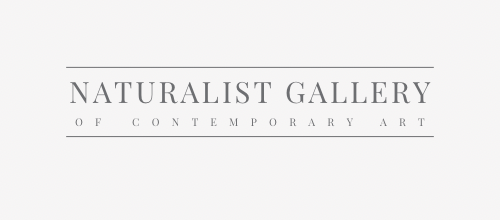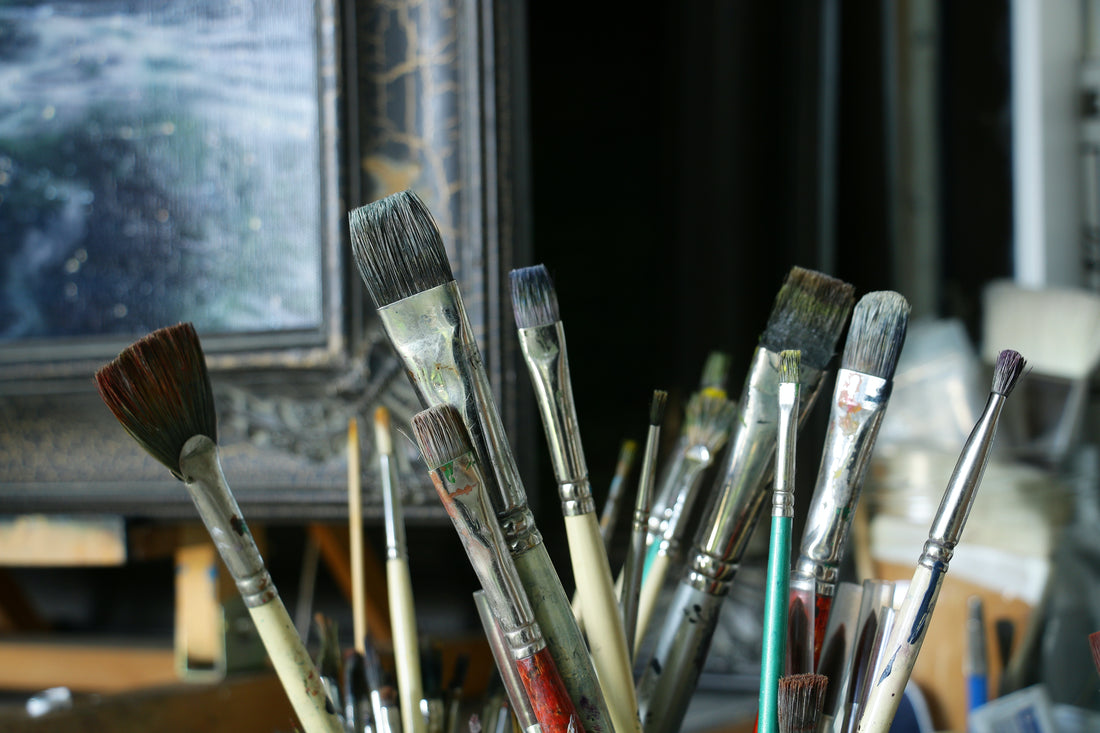Oil painting, once the preferred choice of old master painters, offers a versatile and slow-drying medium, perfect for manipulating on canvas.
Master oil painting with essential tips: 1) Paint fat over lean, 2) Paint thick over thin, 3) Prepare canvas with background color, 4) Limit palette, 5) Use larger brushes, 6) Utilize palette knife creatively, 7) Learn versatile techniques, 8) Incorporate scraping, 9) Use blending carefully. Happy painting!
Explore our curated selection of contemporary artists from around the globe.
Naturalist Gallery offers artist representation internationally. Apply your art.
For beginners, the transition from acrylics to oils can be daunting, but these essential tips will help you get started:
1.
Paint Fat Over Lean: When painting wet-on-wet (a technique where paint layers are applied without letting them dry in between), it's crucial to follow the "Fat over Lean" rule. Fat paint refers to paint mixed with oil medium, which slows down the drying time. Lean paint, on the other hand, has more solvent and dries faster. By layering fatter paint on top of leaner layers, you ensure that the upper layers dry slower than the lower ones, preventing cracking as the painting dries.
2.
Paint Thick Over Thin: Similar to the "Fat over Lean" principle, the "Thick over Thin" rule focuses on the drying time of oil paint. Thick paint takes longer to dry than thin paint. Begin your painting with thin layers, almost like glazes, and gradually build up thickness as you progress. This technique helps create a sense of depth and three-dimensionality in your artwork.
3.
Prepare Your Canvas: Before you start painting, ensure that your canvas is well-prepared. Most pre-primed canvases from art stores come with sufficient gesso coating. Additionally, consider adding a muted background color, such as raw umber, to your canvas. This background serves several purposes: it provides a middle ground to work with, prevents glaringly white canvas areas, and acts as a starting point for your painting, reducing procrastination.
4.
Try Painting With a Limited Palette: Limiting your color palette can actually enhance your paintings. Focus on using the three primary colors (blue, yellow, and red) along with white. By mixing these primary colors, you can achieve any color you need. A limited palette helps create harmony in your artwork and allows you to concentrate on mastering color mixing.
5.
Upsize Your Paint Brush: Experiment with using a larger paintbrush than you are accustomed to. A larger brush forces you to be more decisive and efficient with your brushstrokes, covering the canvas more quickly. It also allows you to paint with your entire arm, providing greater control and fluidity in your movements.
6.
Explore the Palette Knife: Beyond its traditional use for mixing colors, the palette knife can be a valuable tool in oil painting. It enables impasto techniques, where you apply thick layers of paint to create texture and depth. Additionally, you can use the palette knife to apply paint directly to the canvas, producing crisp strokes and unique effects. Some artists even replace paintbrushes entirely with palette knives.
7.
Learn Global Techniques: Instead of focusing solely on mastering specific scenes or subjects, invest time in learning global techniques applicable to various paintings. This approach allows you to develop a diverse skill set and adapt your knowledge to different artistic challenges. Learning fundamental techniques will make you a more versatile artist.
8.
Incorporate Scraping: A simple yet effective technique, scraping involves removing paint from the canvas to add texture and detail. You can use the blunt end of your paintbrush or a palette knife to scrape paint off the surface, revealing layers below. This technique is particularly useful for depicting rough textures like tree bark or adding unique elements to your artwork.
9.
Careful With Blending: While blending can be useful to create a refined appearance in your artwork, it is essential not to overuse it. Visible brushstrokes can add depth and character to your painting, especially when viewed from a reasonable distance. Avoid excessive blending, as it can lead to a flat and overly smooth appearance in your work.
View limited edition prints by contemporary artists at Naturalist Gallery.
By mastering these oil painting tips, you will gain confidence and unlock the potential of this captivating medium. Embrace the slow-drying nature of oils, experiment with techniques, and allow your creativity to flourish on canvas. Remember, practice and patience are key to becoming a proficient oil painter. Happy painting!
You may also find the following articles helpful:
En Plein Air Painting: Art Made on Site
Understanding Chiaroscuro in Art
Understanding Memento Mori in Art
What is Tone in Art: Understanding Color Value
Comparing All Paint Mediums: A Comprehensive Guide
How to Clean and Preserve Oil Paintings



